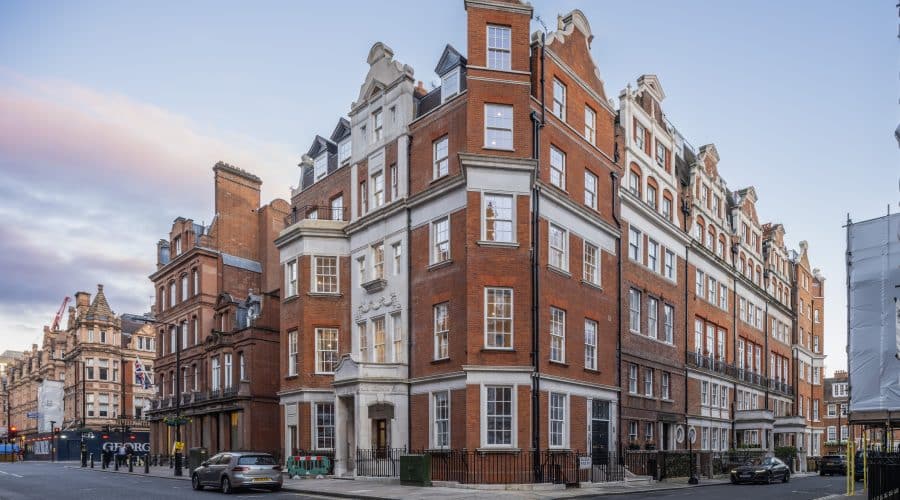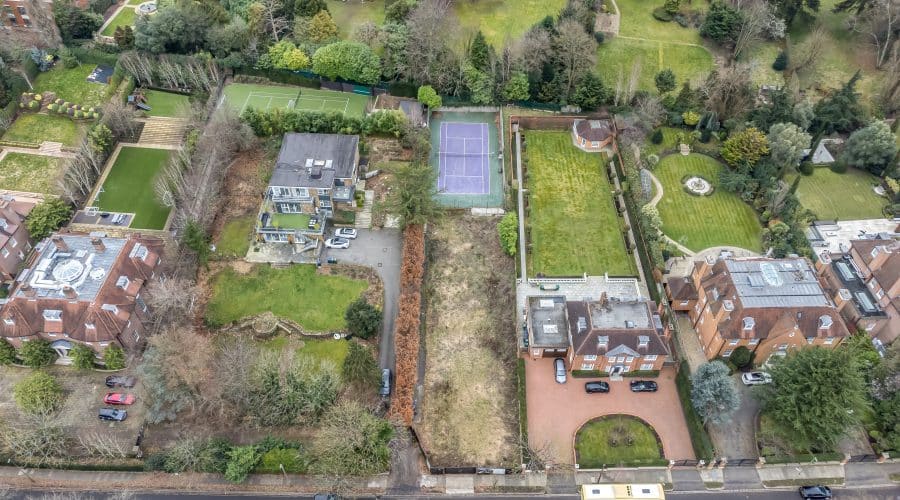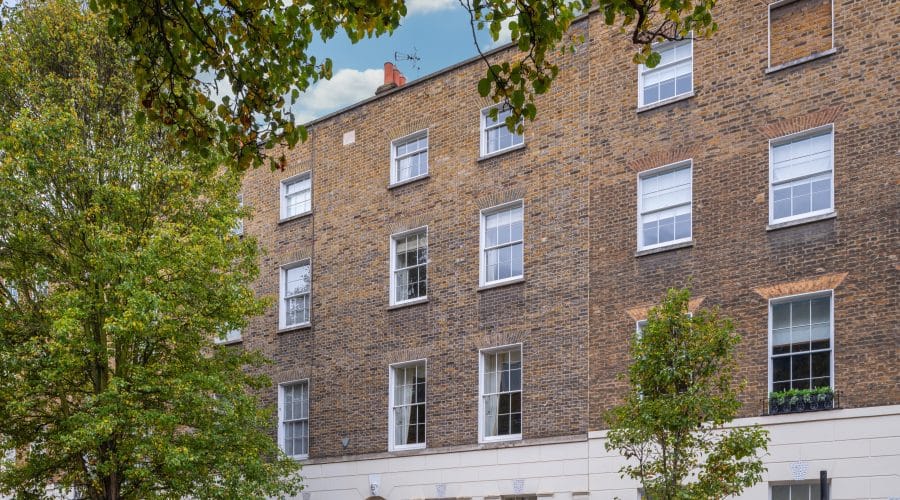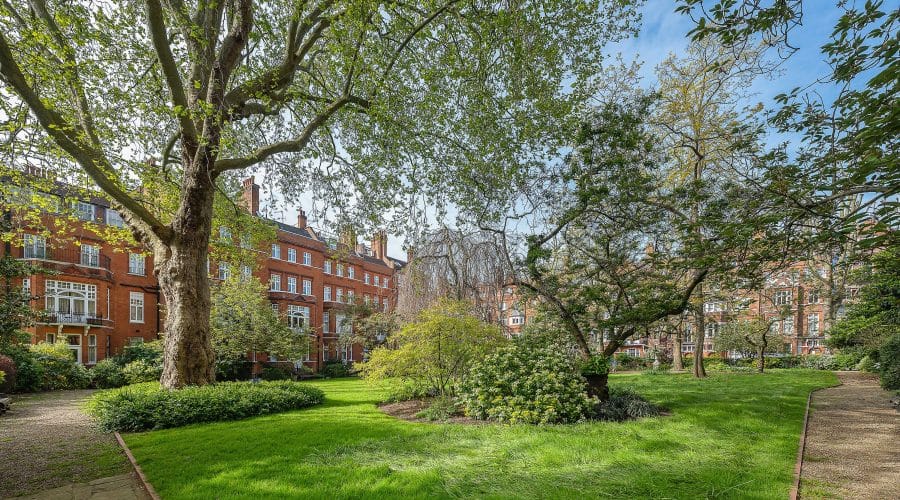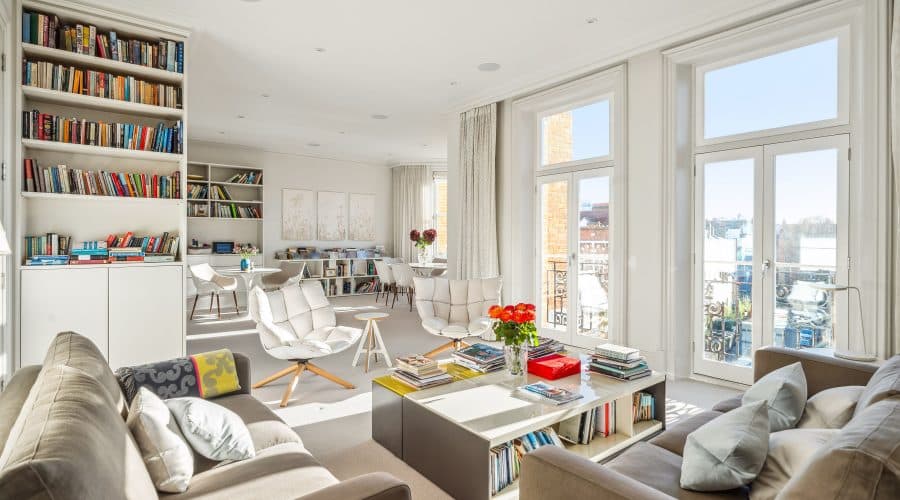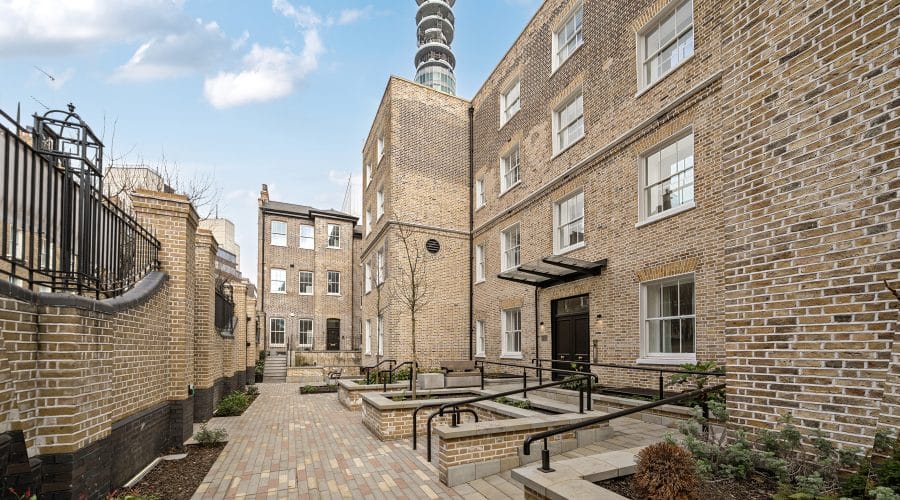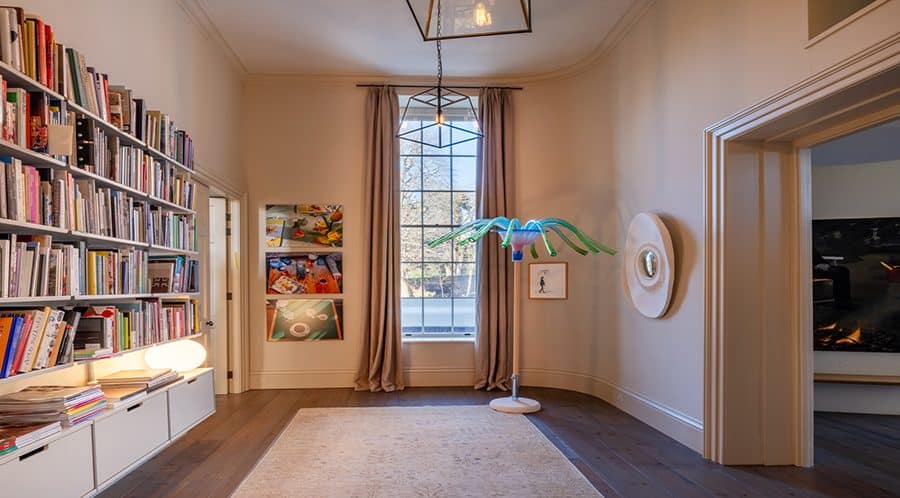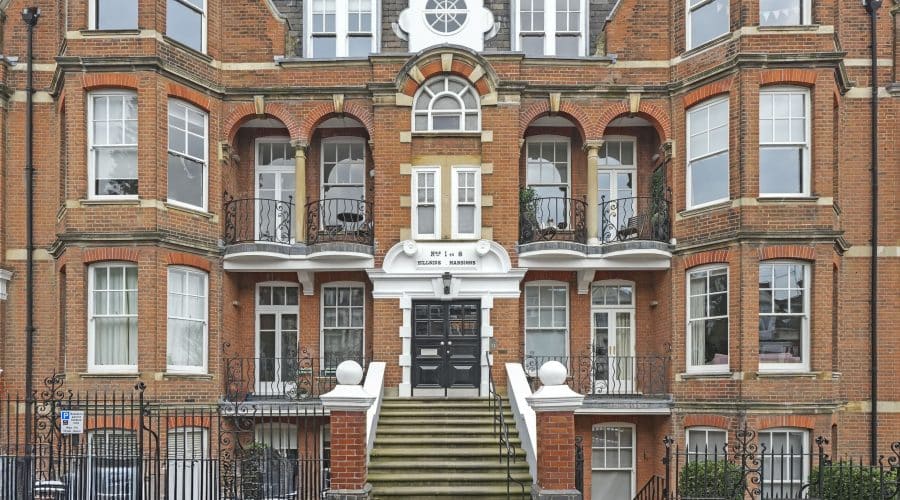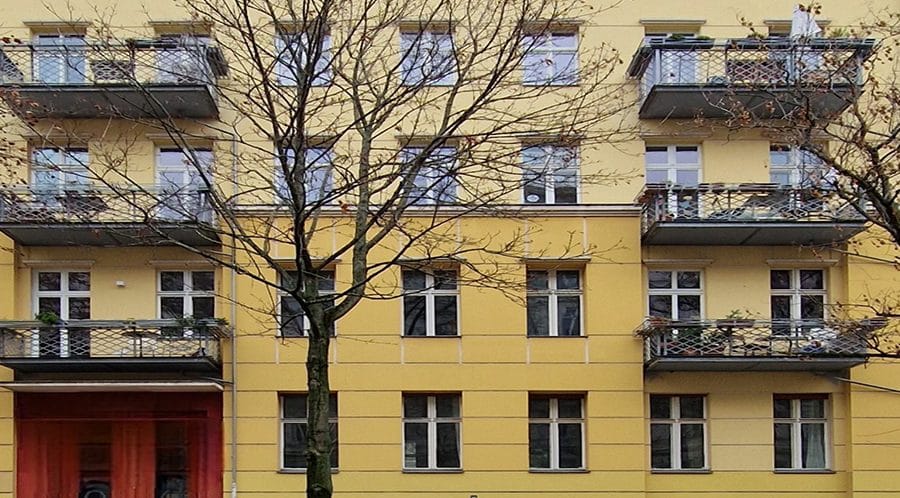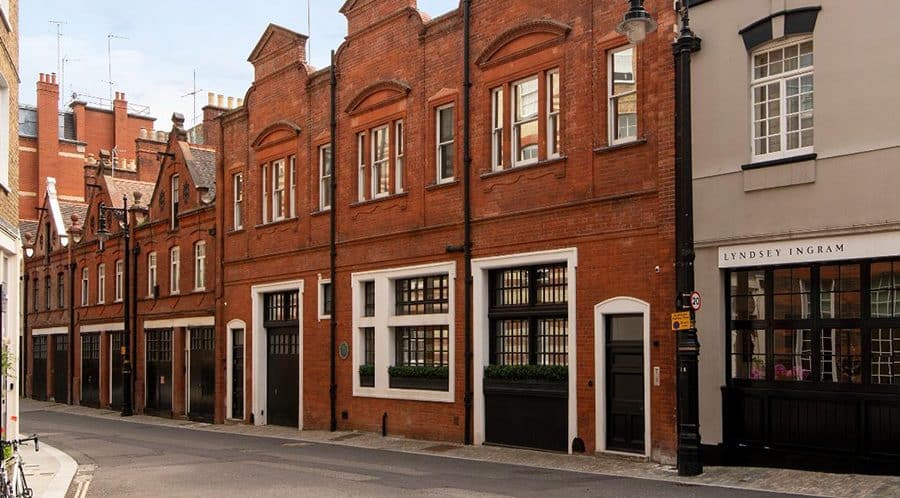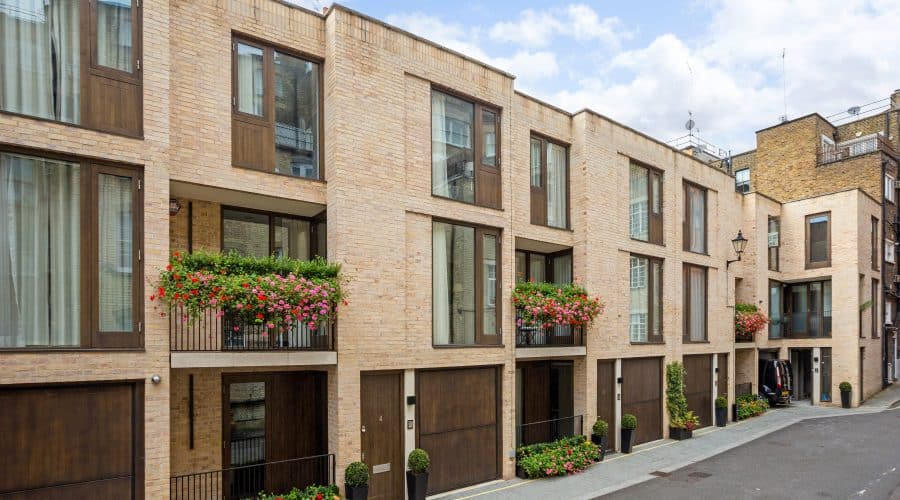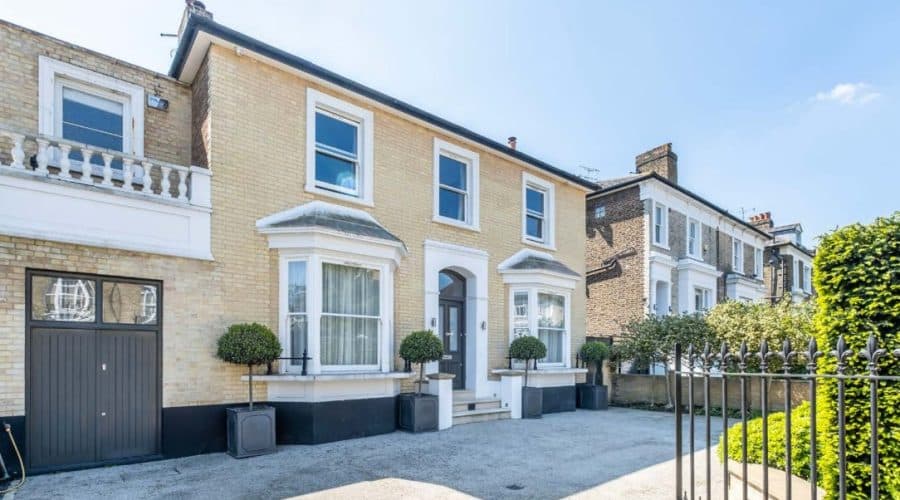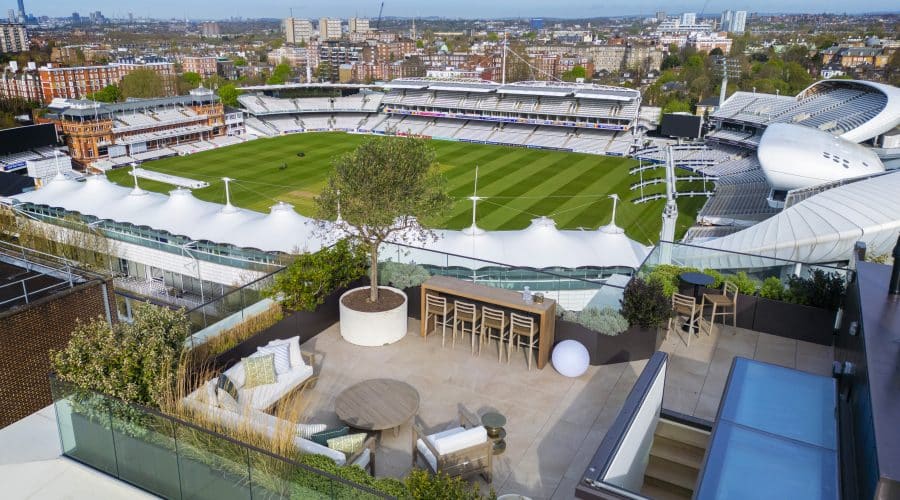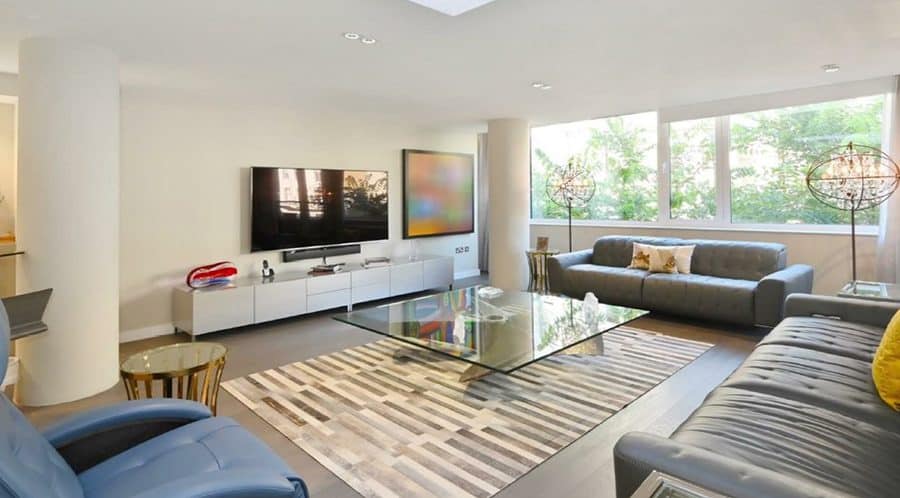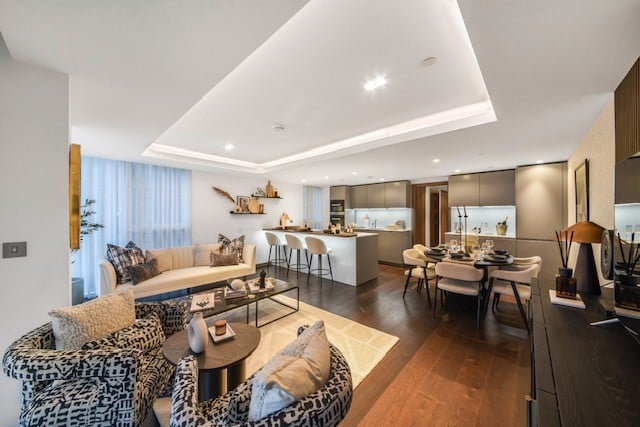By Liz Rowlinson
City living has suffered during the pandemic, but some village-like pockets have thrived
In the past year, many of us who live in towns or cities have been forced to embrace a more local way of life. Working from home, we’ve become regulars at our local coffee shops, or at neighbourhood businesses we rarely used before, patronising those on our doorstep instead of rushing off to the office for a Pret al desko.
This idea of communities that offer everything we need within a quarter of an hour’s walk, without getting in a car – the so-called “15-minute city” – is the dream of many town planners. It has been created anew in the community of Poundbury in Dorset, championed by the Prince of Wales, and is being sketched out in Fawley Waterside, a project it inspired on the site of a former power station in Southampton.
Prince Charles embraced the term “urban village” 20 years ago, yet there are dozens of vibrant villages within cities that have evolved organically. Many have become highly desirable places to live, even before the pandemic accentuated the appeal of “staying local”.
Properties in such areas can cost nearly double the average house price of their city, according to data from estate agency Savills. While the current property boom has been characterised by buyers fleeing urban life for more rural or suburban areas, small pockets of cities are holding their own.
Frances Clacy, of Savills, said: “Rather than turn their backs on the ambience and amenities of the city altogether, there are signs that some buyers want the best of both worlds.” Here, we find some of the best 15-minute cities.
Manchester
Just four miles south of the city centre is Didsbury, an area that is big enough to offer more than the one village. While East Didsbury is the most affordable option, there is also Didsbury Village and West Didsbury. In the latter, the average house price is £336,494, according to Savills.
Helen Tabor and her family have lived in the area for 12 years. “West Didsbury is more bohemian, with many independent shops on Burton Road, while the Village is more family-orientated,” she said.
With three parks, good schools, sports clubs and the famous “Didsbury Dozen” pubs, there is enough on the village’s doorstep to make the 40-minute peak-time drive into the centre of Manchester a rare event. “During lockdown, sitting outside the café in Fletcher Moss Park along the river has helped us keep our sanity,” said Mrs Tabor, 50.
There are plenty of late Victorian homes to choose from, with two-bedroom flats for sale from around £400,000, three-bedroom semis at £550,000 and new detached six-bedroom houses up to £2.45m. These prices are far higher than comparable suburbs around Manchester.
Sheffield
West of Sheffield city centre are the villages of Dore and Totley. Here, buyers pay a hefty premium to live in this ancient rural enclave on the edge of the Peak District that is popular with families for the Ofsted “Outstanding” rated schools (local resident and Olympic athlete Jessica Ennis-Hill is an alumna of King Ecgbert secondary).
Dore and Totley have all the amenities necessary to make sure you rarely have to leave: pubs, Indian restaurants, the all-important fish and chip shop, a hairdresser and a car mechanic. A train from Dore and Totley Station is only six minutes into Sheffield.
Katrina Wooltorton rents in Dore with her boyfriend, Jon, who has recently graduated from university. “Within five minutes, you are into Ecclesall Woods, or it’s only 10 to the village of Hathersage, sitting in the beautiful Hope Valley in the Peak District,” said Ms Wooltorton, 23. “We love the community feel of Dore.”
However, it’s not great for first-time buyers. “When we buy our first home, it will need to be in a more affordable area – such as the village of Dronfield – before we hope to move back again.”
To buy a small detached house, you’ll need £450,000, according to James Ross, of agent Eadon Lockwood & Riddle. “We are seeing a lot more buyers from down south. The market for three-bedroom houses at £350,000 to £500,000 is really strong, but you can pay up to £2m.”
Bristol
In northern Bristol, separated from fashionable Clifton by the thoroughfare of Whiteladies Road, is Redland, another popular village within a city. Chandos Road is cherished for its restaurant scene, although the Michelin-starred Wilks has shut permanently because of the pandemic.
Good local schools will continue to draw families, said Francine Watson, of estate agent Knight Frank. “You get more for your money, plus bigger gardens and more off-street parking in Redland than in Clifton,” she said. Family homes cost £600,000 to £1.4m.
London
The capital is fringed with urban villages that have recorded some of the highest levels of activity within the city during the pandemic. Camilla Dell of Black Brick, a buying agency, said: “Buyers that might have bought in central London have been looking at Richmond-upon-Thames, Kew, Wimbledon, Chiswick, Hampstead, East Sheen and Dulwich. Access to parks has become more crucial.”
Dulwich, in south-east London, has been especially popular since the pandemic started, although the area has always been in demand, with house prices steadily growing.
The average property value in the area grew 1,150pc between 1995 and 2017, which was the highest in the UK, according to Knight Frank.
The area has an abundance of parks, and while the hub of Dulwich Village has Gail’s Bakery and the Crown and Greyhound pub, there are more shops and restaurants along Lordship Lane in nearby East Dulwich.
A good choice of independent schools is another draw, but state options such as the Charter School North Dulwich and Dulwich Hamlet Junior School are also pulling buyers from outside the area, said Christoper Burton, of Knight Frank. “The family house market in Dulwich Village is around £1.4m, but you get more value for money in East Dulwich, where there are plenty of smaller Victorian terraces from £700,000.”
Further west, sandwiched between the River Thames and the green spaces of Sheen Common and Richmond Park, is East Sheen. It has everything you may need: a Waitrose, a library, cafés such as Valentina Italian Deli and great schools, which is just as well as this area of west London is not very well connected.
Demand for East Sheen Primary and Sheen Mount Primary keeps property prices up, and values are higher “Parkside” – close to Richmond Park, said Michael Randall, of Savills.
“You’ll pay over £1.2m for a four-bedroom family house in the school catchment areas, or £1.7m to £2.5m for one of the bigger Edwardian houses near Richmond Park,” he said.
“But people love this area as you tend to get bigger gardens and more lateral space than in nearby Barnes or Richmond. Buyers coming out of central London like the slightly slower pace of life.” And it looks like they will pay a premium for it, too.
